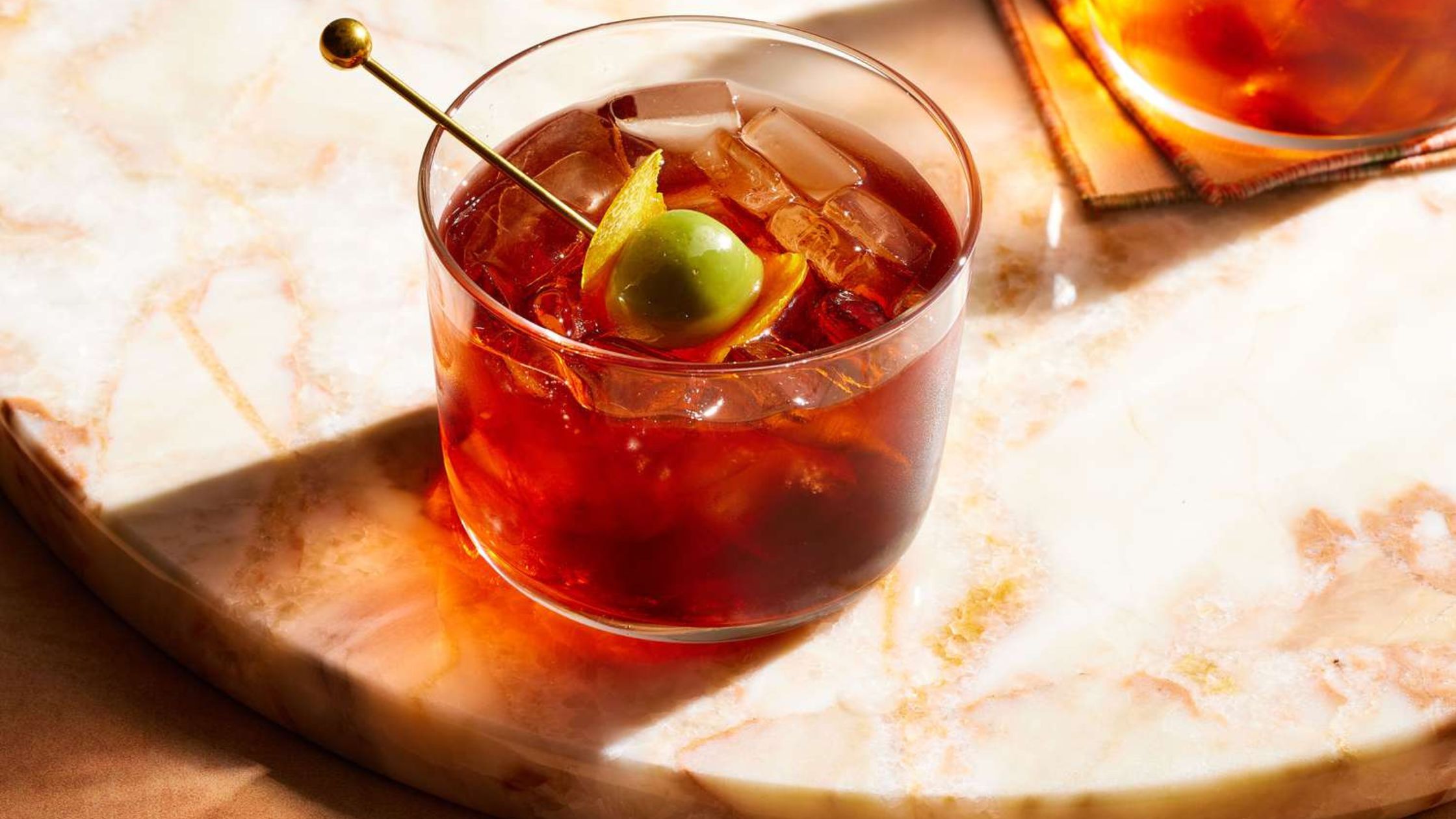Best Liquor Under ₹10,000 for a Perfect New Year 2026 Party
2025-12-05


First things first: vermouth is not just an ingredient in cocktails. It is a lifestyle, especially in Spain, where the ritual of vermouth is very important, social, and hugely fun (seriously, it's addictive in the best way).
I'm not just a vermouth fan; I'm a total vermouth devotee. So much so, I founded the International Society for the Preservation and Enjoyment of Vermouth. This blog is for anyone who has ever asked, "how do you drink vermouth?" or "why do Spaniards love vermouth so much?" So you are in the right place.
So, here is your ultimate guide to drinking vermouth the Spanish way! This includes a full breakdown of what exactly vermouth is, how to serve vermouth, what to eat with vermouth, and how to make the famous Marianito cocktail at home.
Vermouth is fortified wine infused with botanicals—a beautiful blend of sweet, bitter, herbal, and citrus notes. It starts as a simple white wine (in Spain, usually made from grapes like Palomino or Airén), then gets boosted with neutral grape spirit and steeped in herbs, spices, roots, and peels.
The word vermouth actually comes from the German “wermut,” meaning wormwood, one of the traditional bittering agents. People have been flavoring wine for centuries, but modern vermouth-as we know it, originated in Turin, Italy, in the late 18th century.
| Style | Spanish Vermouth | Italian Vermouth |
| Flavor Profile | Herbal, citrusy, floral | Vanilla, spice, heavier body |
| Common Types | Rojo (red), Blanco (white) | Rosso (red), Bianco (white), Dry |
| Alcohol Content | 15–18% ABV | 16–18% ABV |
| Often Aged In | Sherry barrels (especially in Jerez) | Neutral tanks or oak barrels |
| Drink Style | Over ice, with soda, in cocktails |
In cocktails (Negroni, Manhattan, Martini) |
The process is slow, thoughtful, and rooted in tradition:
Some vermouths are ready in 3 months; others mature for over a year. Every bottle is a reflection of its region, its ingredients, and the hands that made it.
Welcome to la hora del vermut—Spain's favorite "vermouth hour." It typically takes place from 12 pm to 2 pm, before lunch, when friends and families gather in neighborhood bars to catch up over a glass of vermouth and snack on small dishes.
You will see it everywhere. In Barcelona's El Born, folks fill up the sidewalk tables, sipping a glass of vermut (over ice, with an orange slice) while conversing with friends. In Madrid's La Latina, there are bars serving housemade vermouth by the barrel tap.
No hurry. No anxiety. Just conversation, snacks, and that lovely sip.
Want to bring this ritual home?
It’s easy:
Let’s break it down:
In comparison to Italian vermouth, Spanish vermouth is typically lighter, brighter, and more citrus forward. You'll taste a greater abundance of local herbs, fewer baking spices, and a level of freshness that makes them exceptionally easy to sip straight.
Along with the vermouth disguised in a gin and Campari cocktail dressed up with bitters and garnishes, the Marianito is Spain's hidden cocktail treasure that comes mostly from the northern part of the country, most significantly in Basque Country.
Here’s how they compare:
| Feature | Spanish Vermouth | Marianito Cocktail |
| Base | Fortified, botanical wine | Vermouth + gin + Campari |
| Bitterness Level | Mild | Higher (Campari + bitters) |
| Garnish | Orange + olive | Orange twist + olive |
| Served | Over ice | Over ice, cocktail-style |
| Occasion | Aperitivo hour | Weekend gatherings, tapas |
If vermouth is your aperitif soulmate, Marianito is its charismatic cousin.
You don’t need fancy tools or ingredients to do vermouth justice. Just follow these simple tips:
Pro tip: If you have a soda siphon (sifón), use it. The fizz adds a beautiful texture without diluting the flavors too much.
Spanish vermouth thrives on salt, acid, fat, and umami. Think of it as the ultimate snack companion.
Key takeaway: Salt and umami balance vermouth’s sweetness, while fat and acid bring everything together.
You’ve read about it—now here’s how to make one.

Serve immediately, preferably with a plate of olives and some friends nearby.
You don't need to travel to Barcelona to get quality vermouth. Below are some great Spanish vermouth brands you can find online or at well-stocked liquor stores:
Shopping tip: Look for vermouths with “Reserva” or “Rojo” on the label for a true Spanish sipping experience.
Vermouth is not merely a drink. It is a moment. A ritual. A small break in your day to enjoy good company and tasty snacks, along with something a little magical in your glass.
It is low-ABV, flavorful, inexpensive, and steeped in centuries of tradition—whether you are drinking it straight or crafting your own Marianito.
So... are you ready to drink vermouth the Spanish way?
Read also: Maharani Mahansar Whisky Price List 2025: Types, History & Royal Heritage Explained